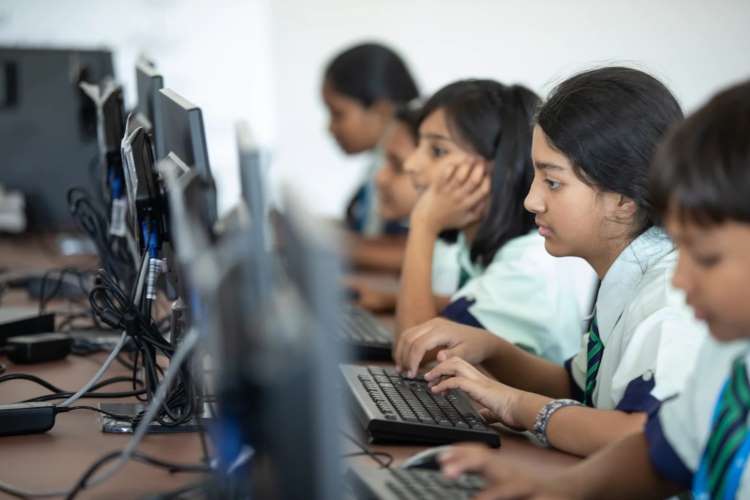
It took India more than 60 years to recognise education as a fundamental right. The Right to Education enacted on April 1, 2010, elevated education to the concurrent list of Indian constitution, improving literacy rates but failing to effectively translate education into employment opportunities and contribute to the nation’s development. This has primarily led to the demographic dividend turning into a lost opportunity. Even among those with higher education, employability remains a pressing concern, indicating the poor quality of education received. Most importantly, the quality of education delivery in higher education institutions (HEIs) is a major point of contention.
If you are wondering what is wrong with the Indian higher education system, there are numerous answers. In India, the pupil-to-teacher ratio (PTR) as shown in Figure 1 has consistently been above 20 since 2011-12, reaching nearly 30 in universities and colleges and around 25 in all HEIs. By comparison, in China, the PTR has never exceeded 19 over the past decade. While enrollment numbers appear positive, there is still significant room for growth in higher education. One of the primary reasons for students dropping out is the lack of financial assistance and support, with the distribution of recipients of such support being highly uneven across states.

READ I India’s online gaming industry seeks inspiration from global regulation
Quality education key to demographic dividend
As Figure 2 illustrates, Delhi and Uttar Pradesh, with 15% and 30% of beneficiaries in India in 2015-16, constituted nearly half of the total. In 2019-20, these states held only 8% and 11% (20% combined) of total student enrollments across the country. This gap significantly affects South Indian states like Tamil Nadu and Karnataka, where the gap is as high as 15% and 5%, respectively. The silver lining to this issue is that the number of UGC fellowships has nearly doubled in India from 2013-14 (4,391) to 2017-18 (up to June) with 34,241 recipients.

An obvious question regarding this analysis might arise due to the mismatch in comparison years, which is a result of the unavailability of required data, yet it represents the latest data available. The problem of data unavailability related to HEIs is even more worrying than factors like dropout percentages. The last available data from 1995-96 indicates that dropout rates are higher among females compared to males at all levels of education, with higher education having the highest dropout rate of 33 per 1,000 enrolled students, with 67 in urban areas and 22 in rural areas.
Inadequate expenditure on education has been a significant factor contributing to poor-quality education delivery. The recommendations of the Kothari Commission to allocate 6% of the total budgeted expenditure on education have yet to be fully implemented. Looking at the data, it is evident that education, now under the concurrent list of subjects, has received 2.7% of GDP from states (compared with 2.92% in 2000) and 0.49% from the Union government (compared with 0.4% in 2000), with a total expenditure share of 3.16% from the education department. However, in 2023, despite an 8% increase in higher education funding, the overall allocation remains low at 2.9% for the financial year 2023-24.
Despite all these challenges, questions of quality remain unresolved, as does the lack of information on quality. The National Institutional Ranking Framework (NIRF) ranking, which covers only 5% of all HEIs, does little to help students in India choose the right institutions. The accreditation by the National Assessment and Accreditation Council (NAAC) has faced criticism for various reasons.
The recent mandatory disclosure requirements by the UGC for all universities and HEIs are a step toward providing more information about the institutions through public domains. These requirements compel universities to provide textual and pictorial information about various aspects of the institutions. While this can help address information asymmetry to some extent, the question of a mismatch between reported and actual quality information about institutions may persist in the absence of a robust and transparent evaluation mechanism.
These challenges have persisted for years without being adequately addressed. Addressing these multifaceted challenges is crucial to harnessing the full potential of India’s youth and realizing the promise of the ‘demographic dividend.’ Transforming education in India requires comprehensive reform in funding, assessment, and quality assurance, ensuring equitable access to quality education for all students, regardless of gender or socio-economic background, to contribute to the nation’s growth and development.
(Kaibalyapati Mishra is junior research fellow, Institute for Social and Economic Change, Bangalore.)

